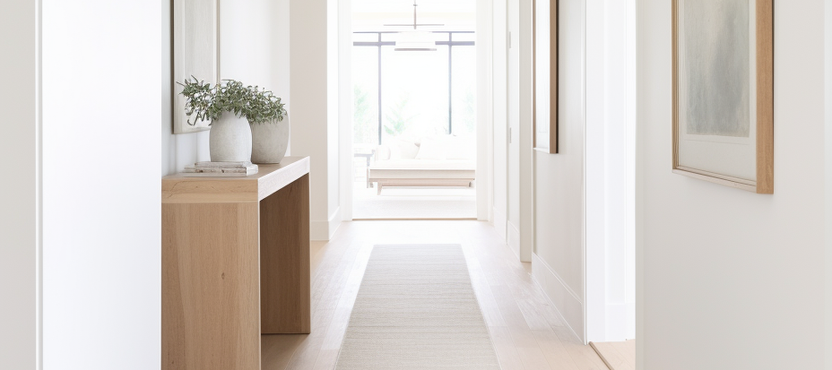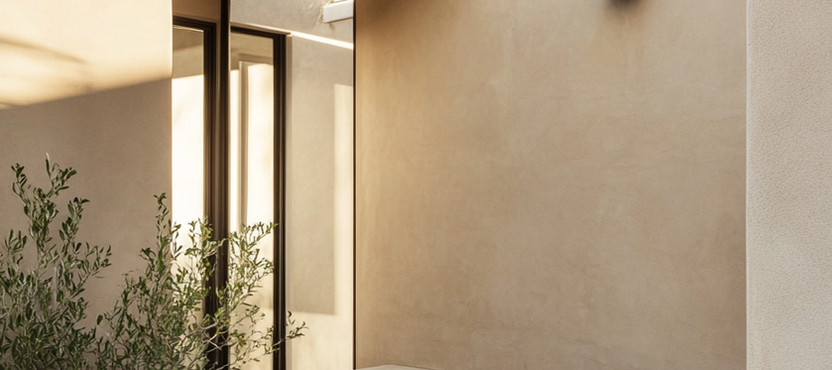Each Type of Bonsai Trees Tells a Story — 7 Varieties That Will Transform Your Space
- Beril Yilmaz

- Oct 4
- 4 min read
Bonsai trees have fascinated gardeners, designers, and nature lovers for centuries. Their artistry lies not only in their miniature size but also in the sense of serenity they bring to a space. Each type of bonsai tree offers something different—whether it’s the strength of a pine, the elegance of a maple, or the playful charm of a flowering variety.
When choosing the right type of bonsai trees, it’s important to consider more than just looks. Some thrive indoors, while others prefer being outdoors. Some demand constant attention, while others are more forgiving for beginners. By understanding the qualities of each bonsai type, you can select the one that aligns with your lifestyle and aesthetic goals.
Below, we’ve rounded up 7 of the most beautiful and distinctive type of bonsai trees. Each one has its own character, care requirements, and appeal. Whether you’re just starting your bonsai journey or looking to add to your collection, these varieties will inspire you to see the beauty of nature in miniature form.
1. Type of Bonsai Trees: Juniper

Juniper bonsai are perhaps the most recognizable and widely loved. Their needle-like foliage and sculptural shapes make them a perfect starter tree for beginners. With over 50 species, junipers offer plenty of variety, ranging from deep green to blue-green hues.
These trees prefer outdoor conditions, thriving in full sun and well-draining soil. Their hardiness means they can handle cooler climates, but they do need protection from extreme frost. Pruning and wiring allow you to create dramatic shapes, giving your juniper bonsai a sense of ancient character.
If you’re just starting out, this type of bonsai trees will reward you with resilience and striking form.
2. Type of Bonsai Trees: Ficus

Ficus bonsai are the perfect indoor option. Known for their glossy green leaves and thick trunks, they bring a tropical vibe into any room. The ficus is especially popular because of its tolerance for lower light and its ability to adapt well to indoor living.
With regular watering and occasional misting to maintain humidity, ficus bonsai will flourish. They also respond well to pruning, allowing you to maintain their shape or encourage new growth. Some varieties, like the Ficus Retusa, even develop striking aerial roots, giving them a distinctive, exotic look.
This type of bonsai trees is ideal for busy homeowners who want beauty with relatively low maintenance.
3. Type of Bonsai Trees: Japanese Maple

Japanese maple bonsai are prized for their delicate, star-shaped leaves and vibrant seasonal color changes. From fiery reds in autumn to bright greens in spring, this bonsai is a living piece of art.
They prefer outdoor conditions with partial shade, as too much sun can scorch their leaves.
Consistent watering is essential since they don’t tolerate dry soil. Japanese maple bonsai need patience and care but reward their owners with elegance and seasonal beauty unmatched by other varieties.
This type of bonsai trees is perfect for anyone who loves dramatic, natural color shifts throughout the year.
4. Type of Bonsai Trees: Azalea

Azalea bonsai bring a burst of life with their vibrant blossoms. Unlike most bonsai, which are celebrated for foliage and structure, azaleas offer stunning flowers in shades of pink, red, and white.
They thrive outdoors in mild conditions, preferring slightly acidic soil and plenty of moisture. Careful pruning after flowering helps maintain their compact shape while encouraging blooms the following year.
This type of bonsai trees is for those who love floral beauty and want their bonsai to be a focal point of color in their collection.
5. Type of Bonsai Trees: Chinese Elm

Chinese elm bonsai are considered one of the best varieties for beginners. Their small, serrated leaves and graceful branch structure make them look like miniature full-sized trees.
They adapt well to indoor or outdoor conditions but need bright light and consistent watering to thrive. Chinese elms are also fast growers, meaning they can be pruned frequently without harm. Their versatility makes them a great choice for experimenting with different bonsai styles.
This type of bonsai trees combines charm, resilience, and adaptability.
6. Type of Bonsai Trees: Olive

Olive bonsai bring Mediterranean flair to your home or garden. With their silvery-green leaves and twisted trunks, they look striking in minimalist or rustic settings.
Olives thrive in full sun and require good drainage, making them more suitable for warmer climates or indoor conditions with plenty of light. They are slower-growing than some other varieties, but their sculptural beauty makes them worth the wait.
This type of bonsai trees is ideal for those who want a unique and slightly unconventional bonsai with plenty of character.
7. Type of Bonsai Trees: Crabapple

Crabapple bonsai offer a delightful seasonal show with their pink or white blossoms in spring, followed by miniature apples in the fall. They capture the essence of bonsai artistry by balancing foliage, flowers, and fruit.
These trees prefer outdoor conditions, with plenty of sunlight and regular watering. They can be a bit more demanding, but the reward is a bonsai that changes dramatically throughout the year.
This type of bonsai trees is a favorite for those who appreciate the full cycle of nature in miniature form.
FAQ: Type of Bonsai Trees
Q: Which type of bonsai trees are best for beginners?A: Juniper, ficus, and Chinese elm are great starting points thanks to their resilience and adaptability.
Q: Can all bonsai trees be grown indoors?A: No. Only tropical and sub-tropical varieties like ficus or jade thrive indoors. Others, like juniper or maple, require outdoor conditions.
Q: How often should I water my bonsai tree?A: It depends on the type of bonsai trees, but generally water when the soil feels slightly dry. Overwatering can be just as harmful as underwatering.
Q: Do bonsai trees live long?A: With proper care, bonsai trees can live for decades, and some even become family heirlooms passed down through generations.
Create Your Own Zen Space with BY Design And Viz
At BY Design And Viz, we believe bonsai trees are more than plants—they’re living art that reflects harmony, patience, and creativity. Whether you’re designing a minimalist apartment or a lush outdoor garden, we can help you incorporate bonsai and other natural elements into your interior or exterior design.
Let’s bring balance and beauty into your home. Contact us today to start designing your dream space with a touch of nature’s artistry.


































